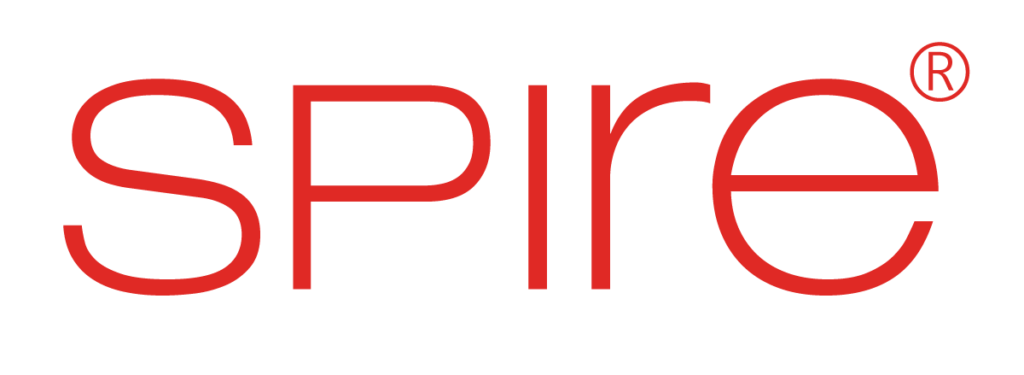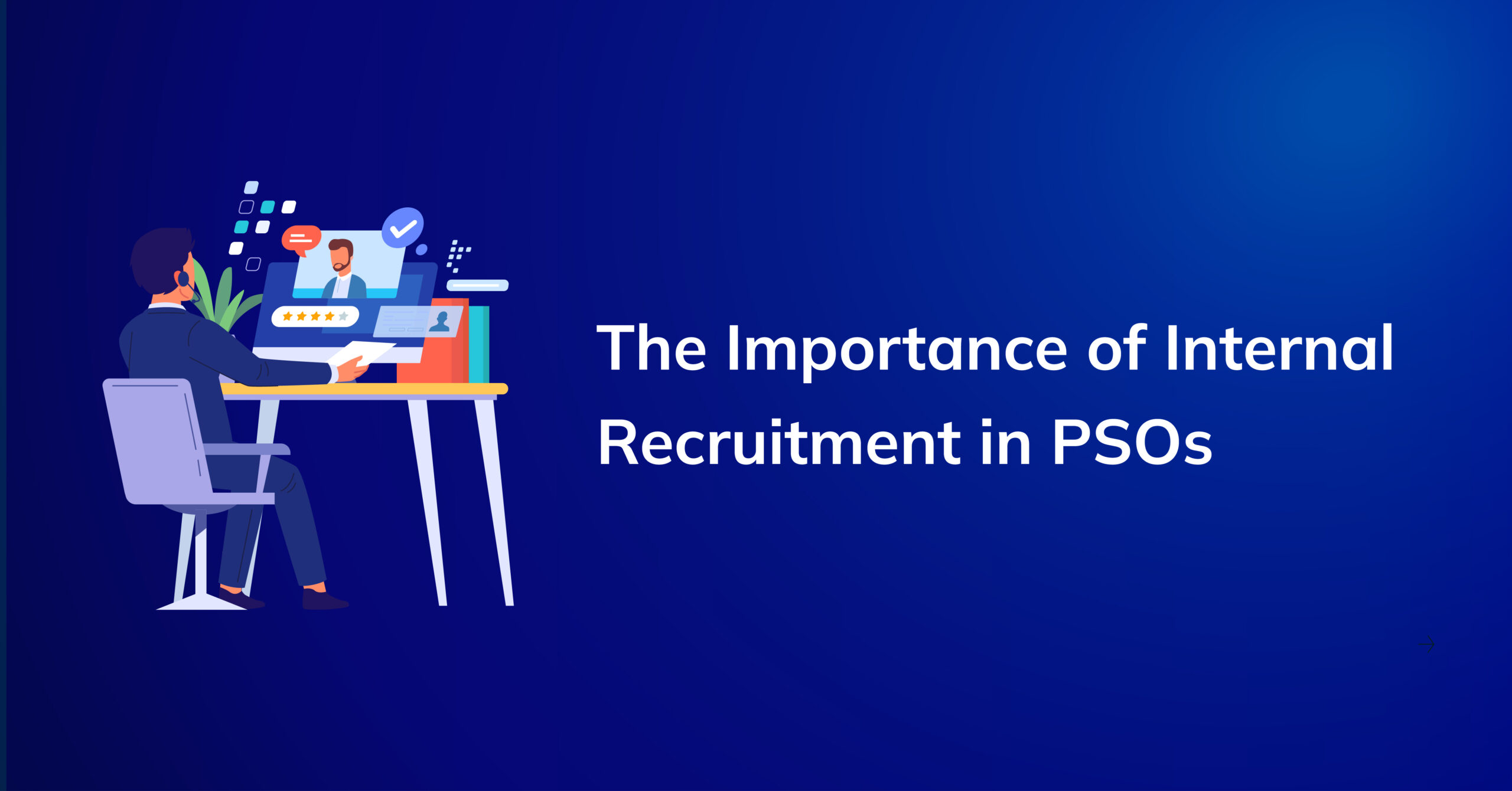
Career Mapping/ Career Pathing
What is Career Mapping?
Career mapping is a structured process that helps employees visualize their career journey within an organization. It provides a personalized plan to help individuals identify the steps needed to reach their career goals. For employers, career mapping is a strategic tool to guide employee growth, aligning individual aspirations with organizational needs.
A career map defines current roles, outlines advancement opportunities, and highlights necessary skills for progression.
Why Should You Create a Career Map?
- Clarifies Career Paths: Helps employees understand their current role and required steps for growth.
- Improves Retention: A clear career roadmap increases engagement and loyalty, reducing turnover.
- Supports Employee Development: Identifies growth opportunities and guides skill development.
- Aligns Individual and Organizational Goals: Helps employees advance in a way that supports company needs.
Career mapping drives engagement, retention, and productivity by creating clear paths for growth.
Role of Employers in Career Mapping
Employers play a key role in supporting career mapping by:
- Providing Resources: Offering tools and guidance for employees to develop their career paths.
- Career Conversations: Engaging in discussions to align employee goals with company opportunities.
- Recognizing Development Needs: Highlighting skill gaps and providing training or mentorship to help employees progress.
Employers ensure employees are aware of development opportunities and help map out clear growth trajectories.
Benefits of Career Mapping
- Employee Engagement: Clear career paths motivate employees and improve job satisfaction.
- Increased Retention: Career mapping reduces turnover by offering long-term growth opportunities.
- Succession Planning: Identifies and develops future leaders for key roles.
- Talent Development: Helps employees enhance their skills and capabilities.
- Internal Recruitment: Facilitates internal hiring by identifying employees ready for new roles.
Career mapping boosts engagement, retention, and internal talent development.
What is Career Pathing?
Career pathing aligns employees’ career growth with organizational priorities. It helps employees identify internal opportunities for advancement, ensuring their growth matches the company’s strategic goals. It also provides clear pathways through roles, making it easier for employees to visualize their future within the company.
Why is Career Pathing Important?
- Employee Development: Helps employees grow within the organization by providing clear growth opportunities.
- Retention: Reduces turnover by demonstrating potential career advancement within the company.
- Talent Planning: Aligns employee growth with business needs, ensuring the right talent is developed for future roles.
Career pathing is essential for maintaining a motivated workforce aligned with organizational goals.
How to Support Effective Career Pathing
- Encourage Skill Assessments: Help employees assess their skills and identify areas for development.
- Offer Training and Mentorship: Provide opportunities for skill-building through training programs and mentorship.
- Promote Cross-Functional Projects: Encourage employees to gain experience in different roles to broaden their expertise.
- Engage in Career Conversations: Regularly discuss career growth and potential opportunities with employees.
Supporting career pathing fosters a culture of growth, engagement, and retention.
Conclusion
Career mapping and career pathing are crucial for aligning individual growth with business objectives. By providing clear, structured paths for employees to advance within the organization, employers can improve engagement, reduce turnover, and ensure a motivated, skilled workforce. These strategies not only benefit employees but also drive organizational success by developing internal talent for future leadership roles.



